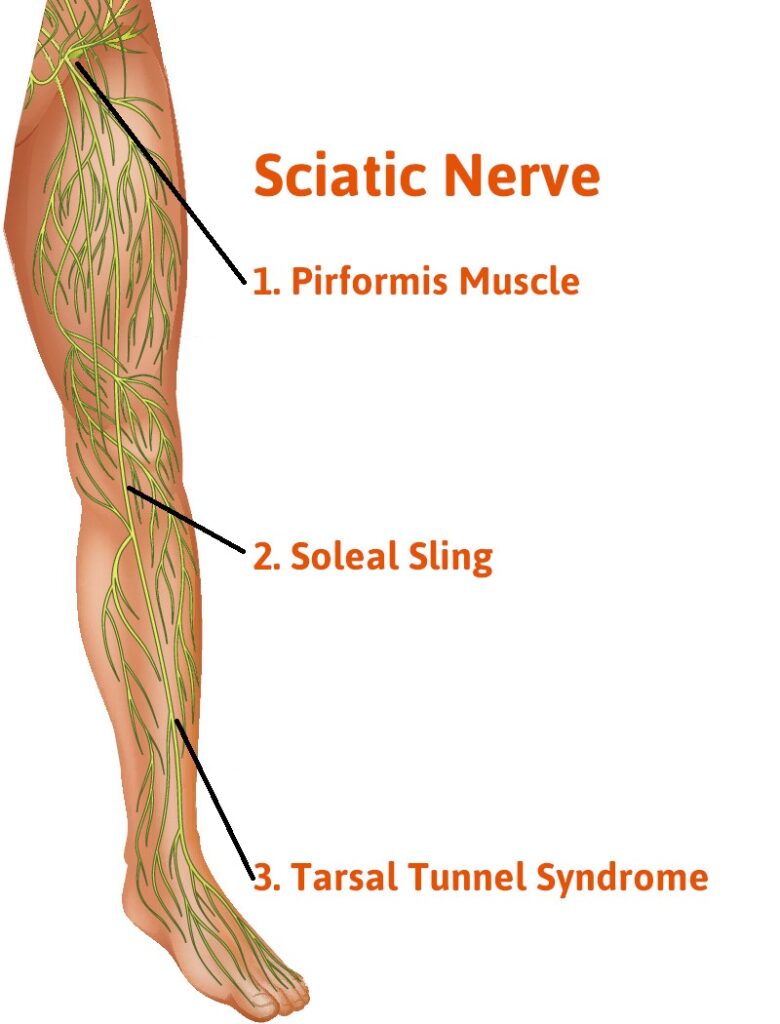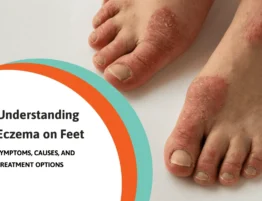
Understanding the Role of the Posterior Tibial Nerve
Have you considered the posterior tibial nerve as the potential culprit behind the nerve pain in your foot? This blog delves into the functions of the posterior tibial nerve, exploring its impact on the bottom of your foot and the diverse symptoms it may trigger, including burning, tingling, numbness, and weakness.
Unveiling the Anatomy: The Tarsal Tunnel Connection
Before we explore the anatomy of the foot, let’s pinpoint the location of the posterior tibial nerve. This nerve traverses a crucial passage known as the tarsal tunnel, situated on the inside of your ankle. Similar to the carpal tunnel in your wrist, a tight tarsal tunnel can elicit symptoms mirroring carpal tunnel issues. The resulting burning, tingling, and numbness might necessitate tarsal tunnel surgery, paralleling the approach taken for carpal tunnel syndrome in the hand. Let’s embark on an anatomy lesson to deepen our understanding of the nerves supplying the bottom of your foot.
Three Potential Areas of Nerve Compression
Before jumping into the intricacies, dispel the notion that nerve symptoms on the bottom of the foot solely originate from the back. We’ll explore three potential areas, starting above the knee.
Above the Knee: Nerve Branches and the Sciatic Nerve
Beginning in the lower back, nerve branches extend from the lumbosacral area to form the sciatic nerve. This nerve travels deep into the buttock muscles, also known as the gluteus muscles.
First Potential Site: Piriformis Syndrome
In this region, the piriformis muscle, a small but impactful muscle, can tighten and compress the sciatic nerve. While this is the first potential site for nerve compression, it is the least common and least likely to necessitate surgical intervention.
Second Potential Site: The Soleal Sling
The tibial nerve continues its journey towards the back of the knee, passing through the popliteal fossa. Here, the soleal sling, a fibrous band of tissue, may cause compression. This area is critical for supporting various foot muscles and can contribute to nerve pain.
The Journey of the Posterior Tibial Nerve
The tibial nerve, continuing down the leg, divides into multiple branches, eventually becoming the posterior tibial nerve. As it approaches the inside of the ankle, it undergoes a name change, becoming the tibialis posterior nerve.
Third Potential Site: Tarsal Tunnel Syndrome
Approaching the inside of the ankle, beneath the laciniate ligament or flexor retinaculum, the nerve transforms into the posterior tibial nerve. Here, it divides into three main branches supplying the sole of the foot. Let’s unravel this intricate network, detailing the nerves and muscles involved.
Examining the Nerves in Detail
- Medial Calcaneal Nerve: Supplies the bottom of the heel.
- Medial Plantar Nerve: Provides sensation to the skin on the bottom of the first, second, and half of the third toes. Also, supports intrinsic foot muscles.
- Lateral Plantar Nerve: Supplies the skin on the lateral half of the foot and various muscles, assisting in foot movement.
The Author’s Perspective
From the viewpoint of the author, a board-certified peripheral nerve surgeon recognized with the Jules Tinel award, three potential locations for nerve compression—piriformis muscle, soleal sling, and tarsal tunnel—must be considered when experiencing bottom-of-the-foot nerve symptoms.
Challenging Conventional Medicine
Challenging the conventional approach, the author contests the idea that back-related issues are the primary cause of foot nerve symptoms. Additionally, the blog questions the common narrative of neuropathy and suggests alternative approaches.
Our Approach to the Problem
The author advocates for an in-depth evaluation, emphasizing muscle strength testing and diagnostic ultrasound to identify nerve compression. Sensation testing and a holistic approach, considering supplements and lifestyle changes, are also highlighted.
Treatment Options
The blog outlines conservative treatments such as lifestyle changes, supplements, and ETIM and Laser treatments. For those requiring surgical intervention, procedures like piriformis surgery, soleal sling surgery, and tarsal tunnel surgery are discussed. Notably, the importance of recognizing the potential role of the soleal sling, often overlooked, in tarsal tunnel symptoms is emphasized.
Whether considering conservative or surgical options, the author encourages readers to seek a comprehensive evaluation and challenge conventional perspectives on foot nerve pain.











Write a comment: